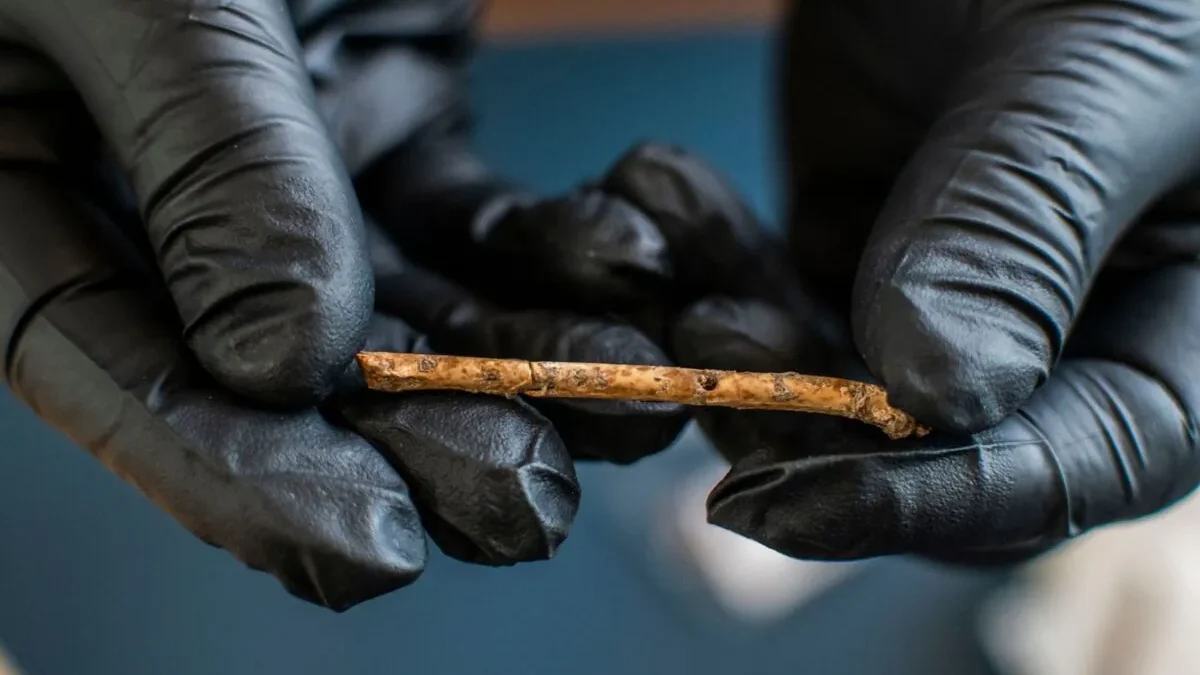Israel’s Early Inhabitants Likely Used Bird Mimicry for Hunting, Study Finds
An innovative study has determined that early humans residing in the Hula Valley, in what is now northern Israel, likely used bird bone flutes for hunting, the Israel Antiquities Authority (IAA) said on Friday.
The research, published in Nature Scientific Report, examined previously discovered waterfowl wing bones and determined they are 12,000-year-old flutes capable of mimicking predatory bird calls.
This holiday season, give to:
Truth and understanding
The Media Line's intrepid correspondents are in Israel, Gaza, Lebanon, Syria and Pakistan providing first-person reporting.
They all said they cover it.
We see it.
We report with just one agenda: the truth.


International researchers from Israel, Austria, the US, and France discovered the objects at the Natufian prehistoric settlement site Ain Mallaha, also known as Eynan, about 20 miles north of Tiberias. Excavations between 1996 and 2005 revealed homes of hunter-gatherers, various animal bones, and circular structures.
Upon inspecting the excavated waterfowl bones, the team found small holes drilled into seven wing bones from Eurasian coots and teals, identifying them as flutes. Replicas of the objects emitted different sounds, similar to those of the Eurasian sparrowhawk and common kestrel, both predators.
The team posited that these flutes could easily attract waterfowl for hunting by luring birds of prey, which would disturb waterfowl flocks and make them easier to catch. They also suggested that the flutes may have served other social-cultural-symbolic functions within the hunter-gatherer community.

